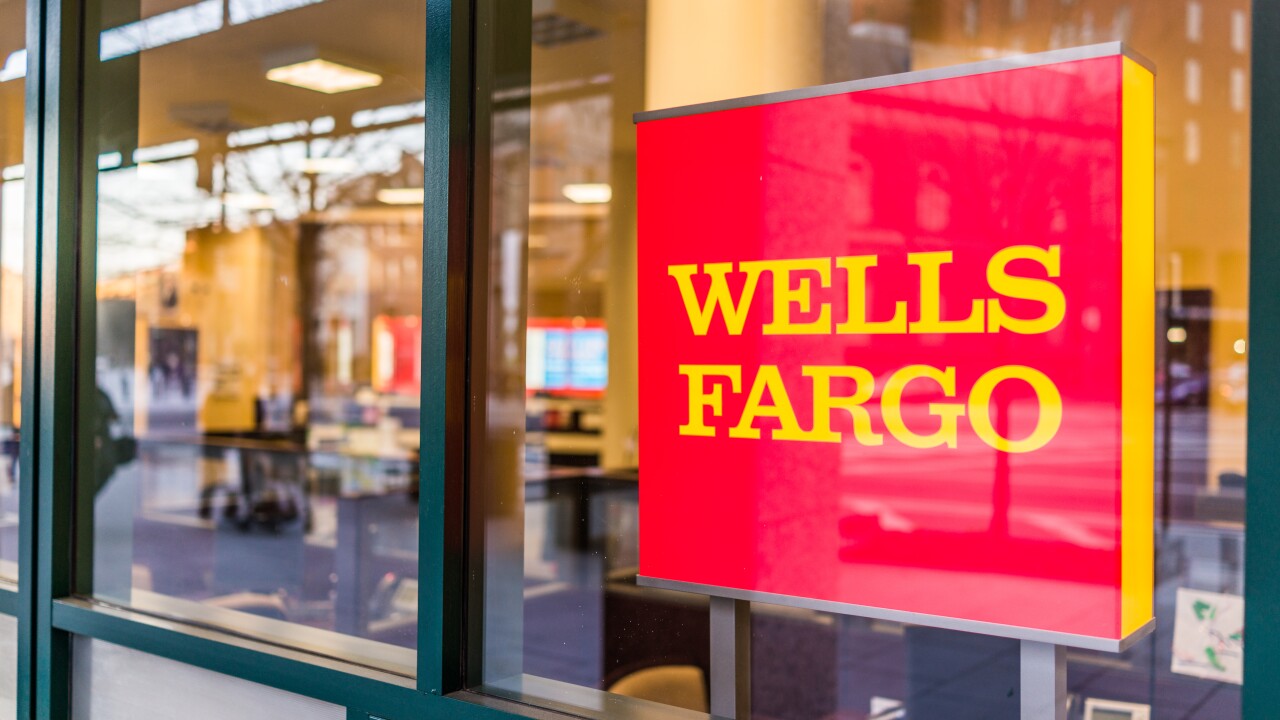This year promises to bring significant developments in the IRA and small business retirement space as a convergence of policy shifts, tax reform discussions and evolving workforce demographics reshape the 2025 retirement landscape. Advisors and wealth managers should pay careful attention to the changing environment to best position their clients for long-term success.

Of the numerous Secure 2.0 provisions reshaping the IRA and retirement plan landscape, two are already in effect. As of Jan. 1, 401(k) and 403(b) plans that were created after Dec. 30, 2022 are now required to include
This change will almost certainly lead to a greater number of automatic rollovers going to protected IRAs, as individuals who leave their place of employment often don't make an election regarding their plan accounts when their balance is small.
READ MORE:
Also new for 2025 is the "super catch-up" contribution that allows retirement savers aged 60 to 63 to bolster their savings at an important period in their financial planning.
Complicated catch-ups
Starting in 2026, all
To help implement the legislative changes made by Secure 2.0, the Department of Labor and the IRS still have regulatory agendas to fulfill. For the IRS, this includes guidance on rollovers from 529 college savings plans to Roth IRAs; updates to existing IRA regulations, including Roth, SEP and SIMPLE IRAs; and the new
Also on the IRS agenda are safe harbor rules for missing participants and uncashed checks. Advisors should also be aware that the IRS regulations implementing the Secure 1.0 changes to the beneficiary distribution rules became effective Jan. 1, 2025, while some of the Secure 2.0 beneficiary changes go into effect in 2026.
READ MORE:
Guidance delayed
Historically, newly installed presidential administrations have put a temporary "regulatory freeze" on pending rules, which may
Although the DOL has a much shorter list of yet-to-be-issued Secure 2.0-related guidance, it must still decide how to proceed with its newest
Last year, two courts postponed the effective date of these new rules pending the outcome of two lawsuits
'Rothification'?
Financial advisors should also pay close attention to tax reform as a key element of policy change impacting retirement savings. The
With the retirement savings incentives typically targeted as a source of tax revenue, the Trump administration will not likely want to limit contributions on a pretax basis or reduce the account balance that can be held.
READ MORE:
Instead, "Rothification" could again be invoked as a means of boosting short-term tax revenue. Broadly, this means requiring that certain contributions be made as Roth after-tax contributions rather than pretax, creating immediate tax revenue for the federal government. It is important that financial advisors monitor legislative developments and talk with their clients about ways to maximize tax-advantaged savings in this changing environment.
By staying ahead of trends and abreast of policies, financial advisors and wealth managers can help clients optimize retirement savings strategies. Advisors who remain proactive and adaptable will be best positioned to serve their clients effectively in 2025 and beyond.





